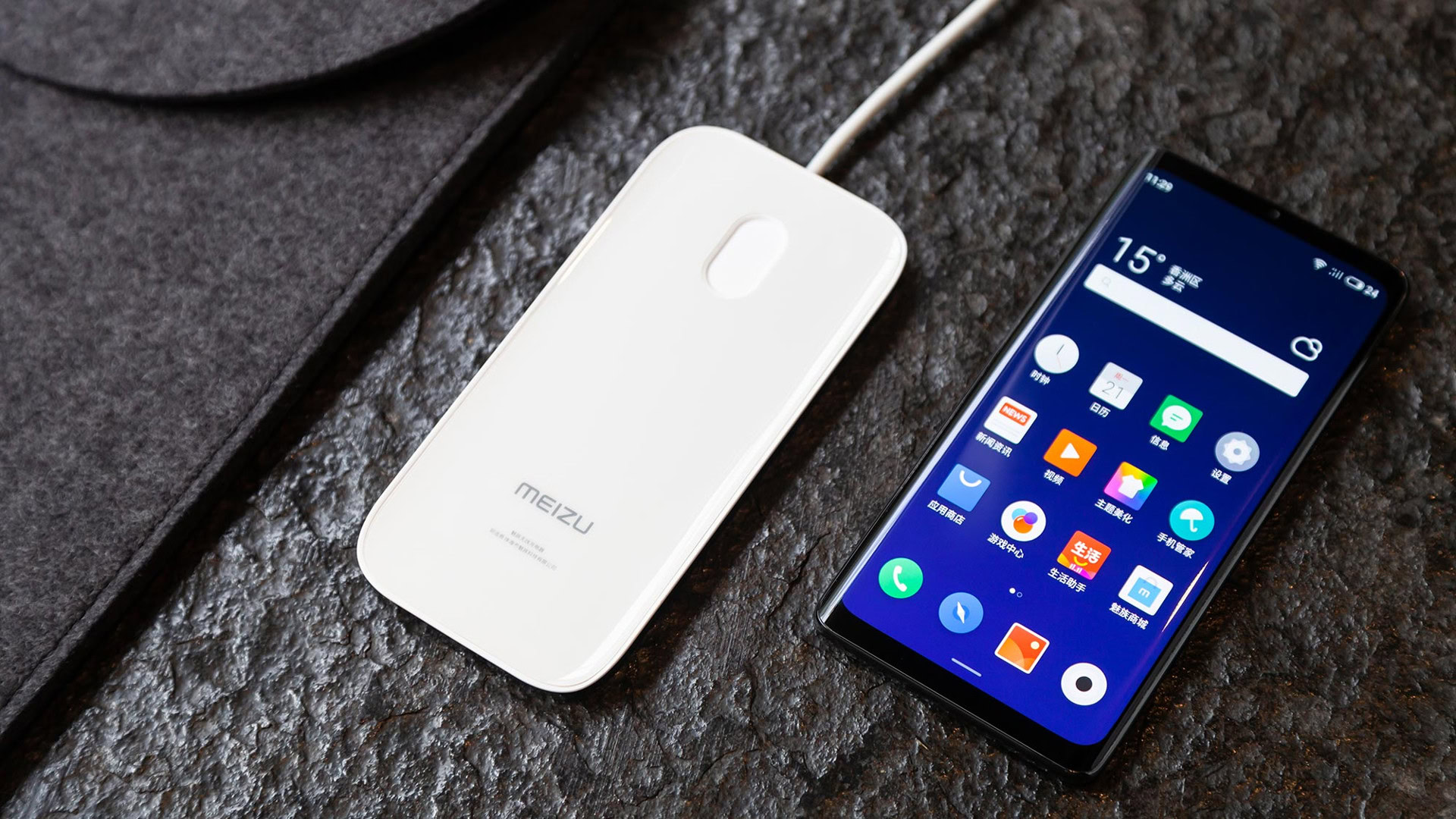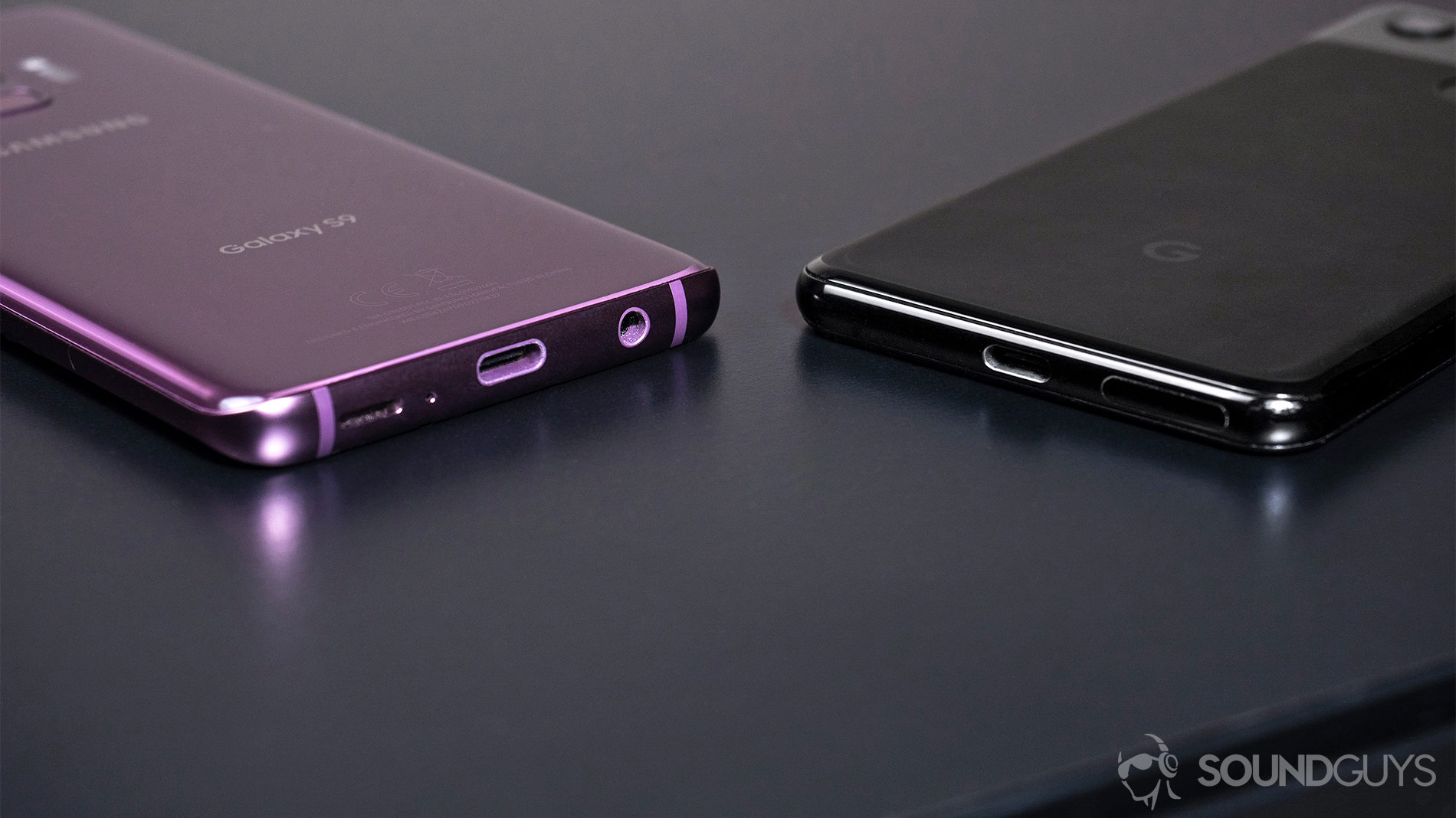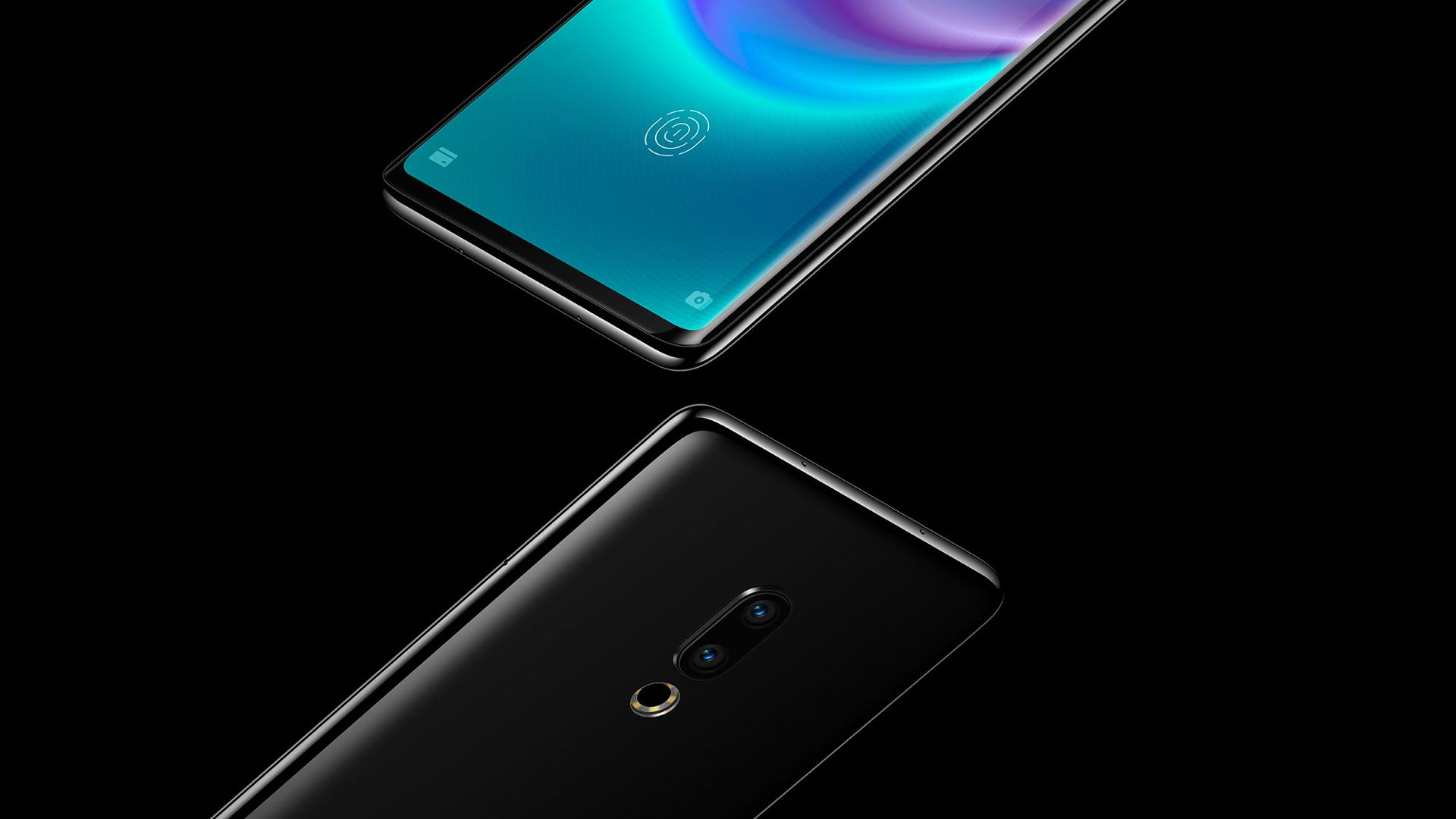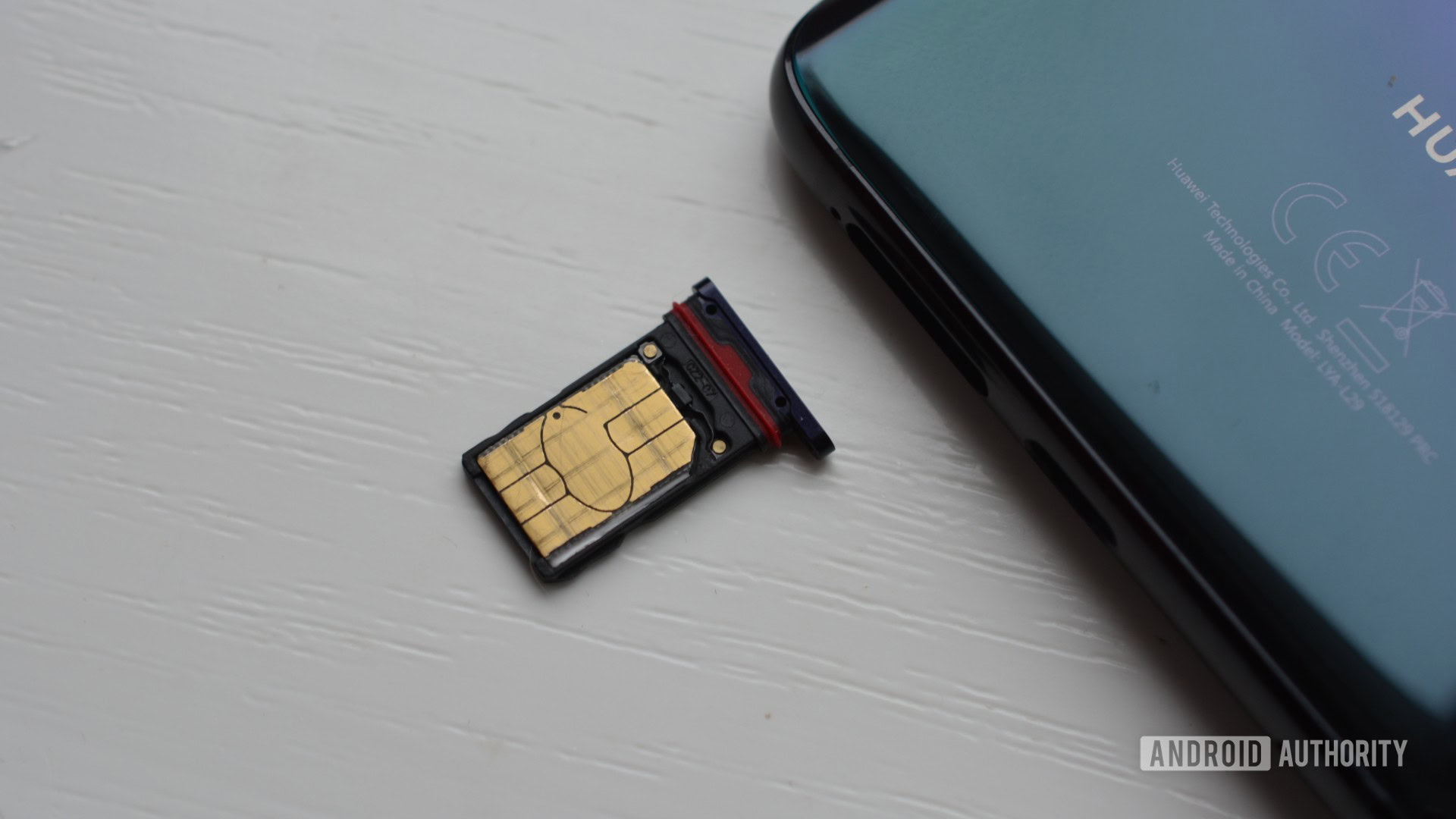Affiliate links on Android Authority may earn us a commission. Learn more.
Portless phones: Dumb gimmick or inevitable future?

Meizu and vivo, both of which recently announced phones with no ports, are seeking the answer to an age-old question: do people prefer function or form? The answer, as always, is “it depends,” but in this case Meizu and vivo are asking consumers to vote with their wallets. Should they?
In September 2016, Apple removed the headphone jack from the iPhone and the internet lost its mind. A number of scathing editorials burned red hot across the web, with the move called “user-hostile and stupid.”
The trusty headphone jack has been a staple in consumer electronics since it was designed in the 1950s. The standard 3.5mm jack got its start with transistor radios, and it later showed up in nearly every type of media device over a six-decade span, including WalkMan radios, cassette and CD players, laptops and PCs, mobile phones and tablets, gaming consoles, and much more. The jack is functional across devices and form factors, making it a must-have. Apple disagrees.
“Maintaining an ancient, single-purpose, analog, big connector doesn’t make sense because that space is at a premium,” said Phil Schiller, Apple COO, at the iPhone 7’s launch. Schiller claimed Apple needed to lose the headphone jack in order to waterproof the iPhone 7, and even said it took “courage” to be among the first phone makers to take this step. The company continues to sell lots of iPhones.

Any port in a storm
Like it or not, Apple set a precedent and other phone makers followed. Google ditched the headphone jack in favor of USB-C audio, as did Motorola, HUAWEI, and OnePlus, among others. In each case, the phone maker provided a pair of USB-C headphones or a 3.5mm-to-USB-C adapter. The trend is slowly catching on, but that doesn’t mean people are happy about it.
What Meizu and vivo are doing is next-level user hostility.

The Meizu Zero has absolutely no ports. None. It drops the headphone jack, the USB-C port, the SIM card slot, the memory card slot. Need to power up your phone? The Zero sports wireless charging. Want to listen to music? Bluetooth, my friend. What about transferring files? Use the cloud! Need wireless service? An eSIM is inside. While Meizu has an answer to all these nagging everyday needs, you shouldn’t be convinced of Meizu’s logic. At least, not yet.
“Designers dream of clean, port-free lines, but smartphones need to live in the real world, where consumers cannot always expect wireless connections,” quipped Avi Greengart, research director, consumer platforms & devices at GlobalData, to Android Authority. “The loss of the headphone jack at least can be countered by dongles, but until wireless charging spots are ubiquitous, asking consumers to go without a charging cable — which is also used for data transfer and other purposes — simply is not practical.”
Mainstream, here we come?
Charging pads may be available at some Starbucks locations and in some cars, but wireless power is still a niche technology that has yet to be widely adopted. Until every phone ships with a wireless charger by default, consumers will continue to expect to plug their phones in for charging purposes. Moreover, wired charging is still faster than wireless charging.
The idea of phones without physical SIM cards is also problematic. The promise of eSIM, wherein an electronic SIM card can be programmed for network access, has yet to be fully realized. It should be easy, but apparently it’s not.

Apple’s rollout of eSIM in the iPhone Xs and Xs Max, for example, was slow to be adopted by carriers in the U.S. AT&T, T-Mobile, and Verizon Wireless added support for the tech months after the phones reached store shelves. Sprint still doesn’t support Apple’s eSIM. Multiply this by hundreds of carriers around the world and you see where this is going.
Then there’s the Meizu Zero’s lack of physical buttons. The Zero features pressure-sensitive edges that are used to manage functions such as adjusting the volume. HTC’s U12 flagship phone was largely panned by reviewers due to its incredibly frustrating pressure-sensitive buttons. Can Meizu succeed where HTCfailed? Hard to say.
Like it or not, phone makers are headed in this direction.
“Apple designers eventually hope to remove most of the external ports and buttons on the iPhone, including the charger,” reported Bloomberg last year. Apple weighed making this radical move while developing the 2017 iPhone X. It later scaled back those ambitions due to the cost of wireless charging. That means we’ll see an iPhone with no ports or buttons at some point, and we can expect the same from Apple’s competitors.
Meizu and vivo are clearly way ahead of the curve, dancing on the bleeding edge for the spectacle alone. Will people buy these portless phones? Sure. Should they? Probably not yet, but we all will at some point down the road.